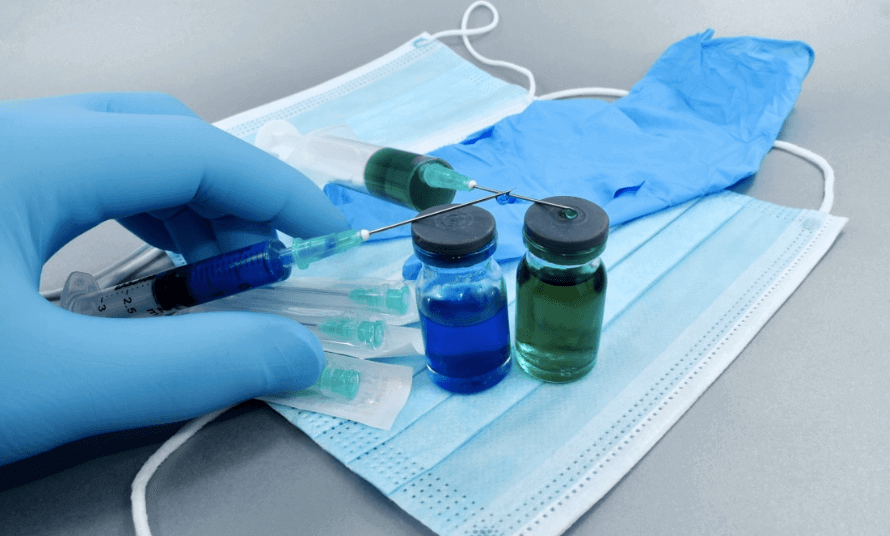The fight against the coronavirus is not only a challenge for the pharmaceutical industry. Once a vaccine for COVID-19 has been invented and produced, the logistics sector will play a key role. Delivery of the COVID-19 vaccine from production facilities to some rural regions in different parts of the world may prove extremely complicated due to the need to store the vials at extremely low temperatures.
The development of a coronavirus vaccine will only be half the battle. Then this valuable and demanding product will have to be delivered in huge quantities where it is most needed. Logistics professionals will have to face up to a considerable challenge. In a study carried out in cooperation with the consulting firm McKinsey, Deutsche Post listed the bottlenecks in this giant operation.
It turns out that pharmaceutical companies such as Biontech and Pfizer or Curevac, working on vaccines, rely on RNA (ribonucleic acid) technology. Given the lack of important data on the stability of RNA, producers will require vials to be stored and transported in a temperature range from -20 to even -80 degrees Celsius. Such specifications may be necessary throughout the supply chain, as reported by Reuters.
Usually vaccines are stored and transported at a temperature of two to minus eight degrees,” says Katja Busch, DHL Sales Director, quoted by Reuters.
“We expect that 10 billion doses of vaccines will have to be distributed worldwide, including regions where there is no motorway exit every 5 kilometres,” Busch added.
After the development of a safe and effective vaccine, transport and logistics appear to be further challenges in the fight against Covid 19 due to the sensitivity of the new agent. Ensuring that such an important shipment can be transported and delivered worldwide at minus 80 degrees is by no means trivial,” added DHL Sales Director.
It will be necessary to fully document the maintenance of the required temperature, for example by means of sensors.
Unfortunately, the modernisation of the cooling infrastructure in regions outside the 25 most developed countries, where a third of the world’s population lives, will be a huge challenge, according to a report by McKinsey and Deutsche Post DHL.
However, the final requirements for the transport and storage of the vaccines are not yet known. According to the DPDHL and McKinsey report, even if the cold chain for vaccines will require temperatures of only minus 8 degrees Celsius, the proportion of the world’s population with reliable access to it rises to only around 70%. A large part of Africa is at risk of not having access to this medicine.
Photo: Pixinio









